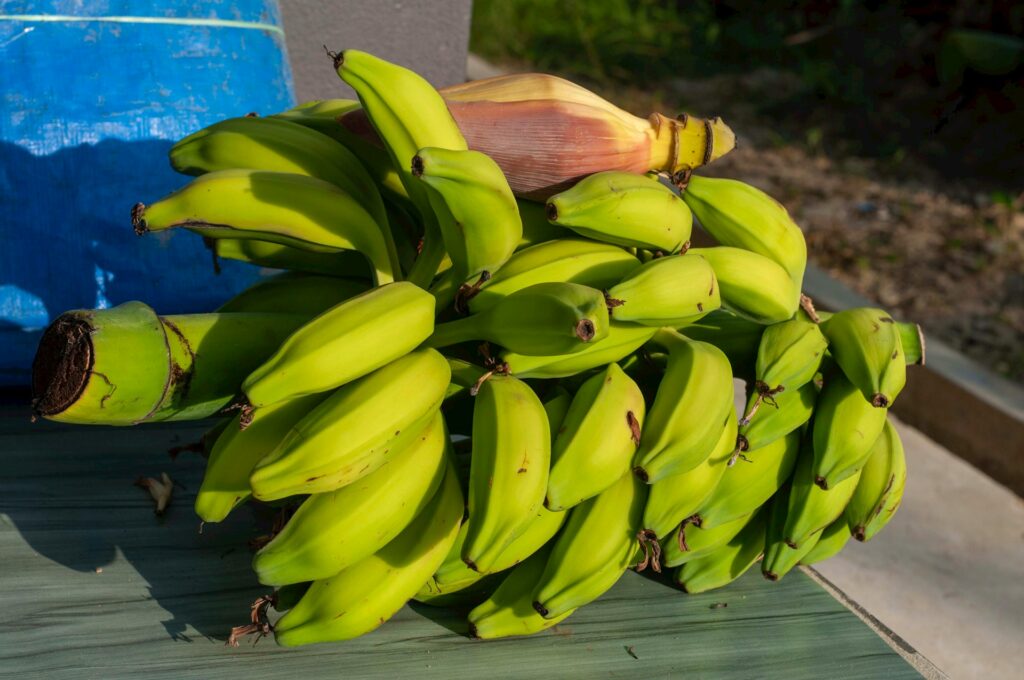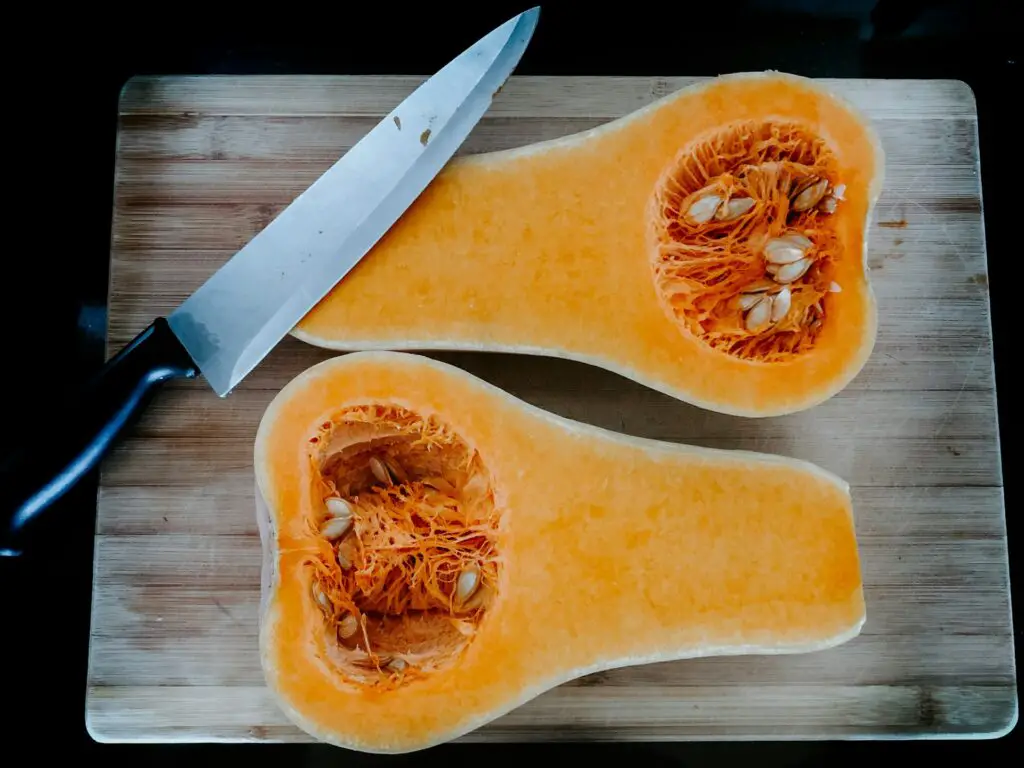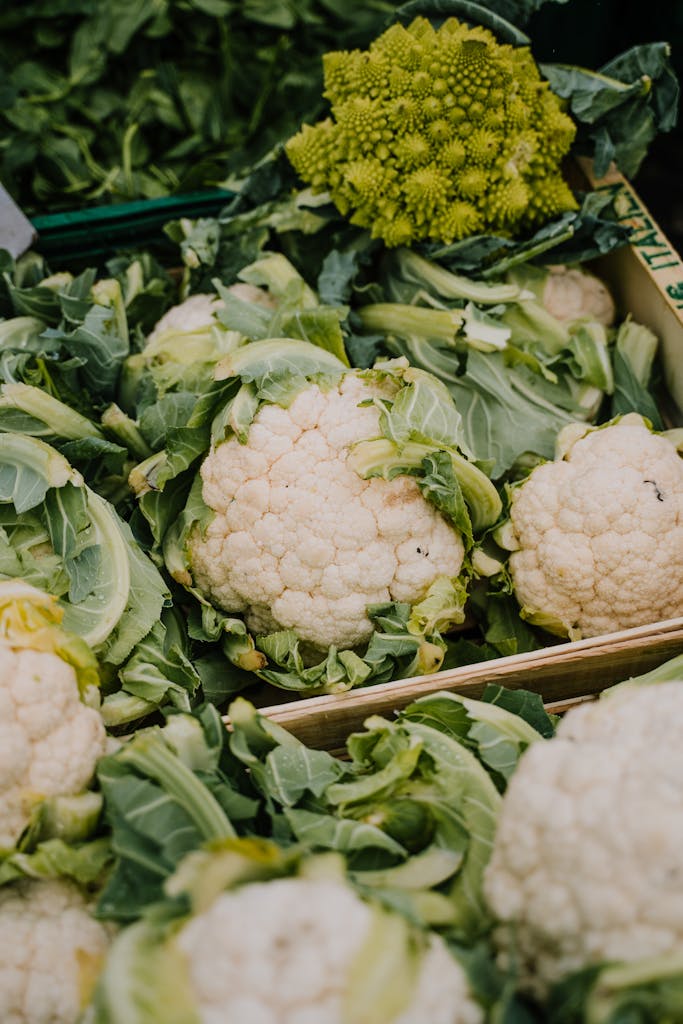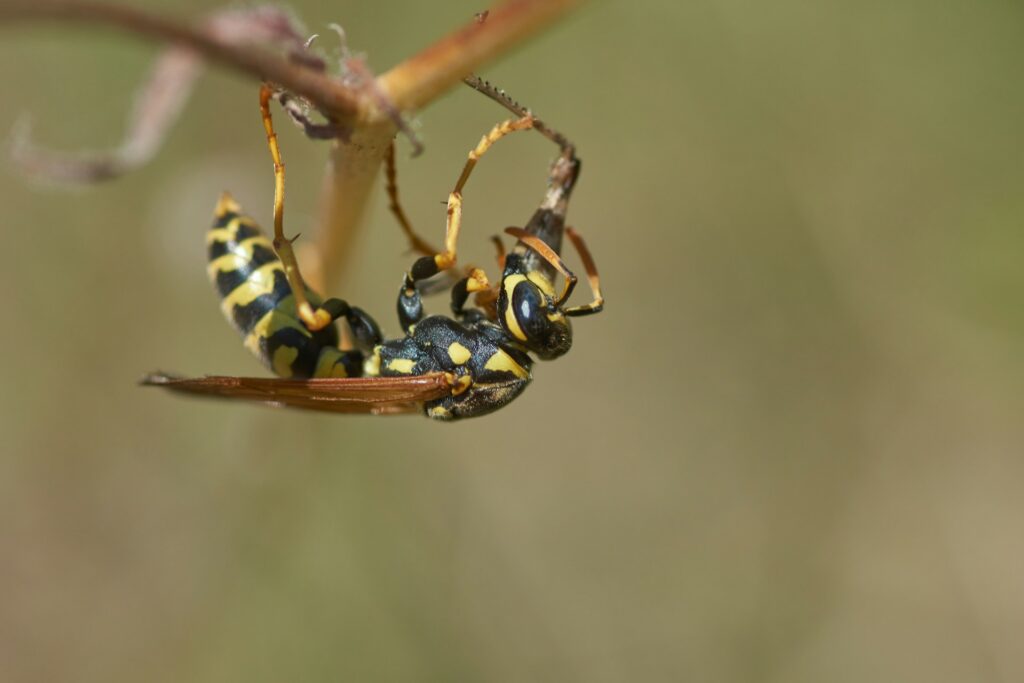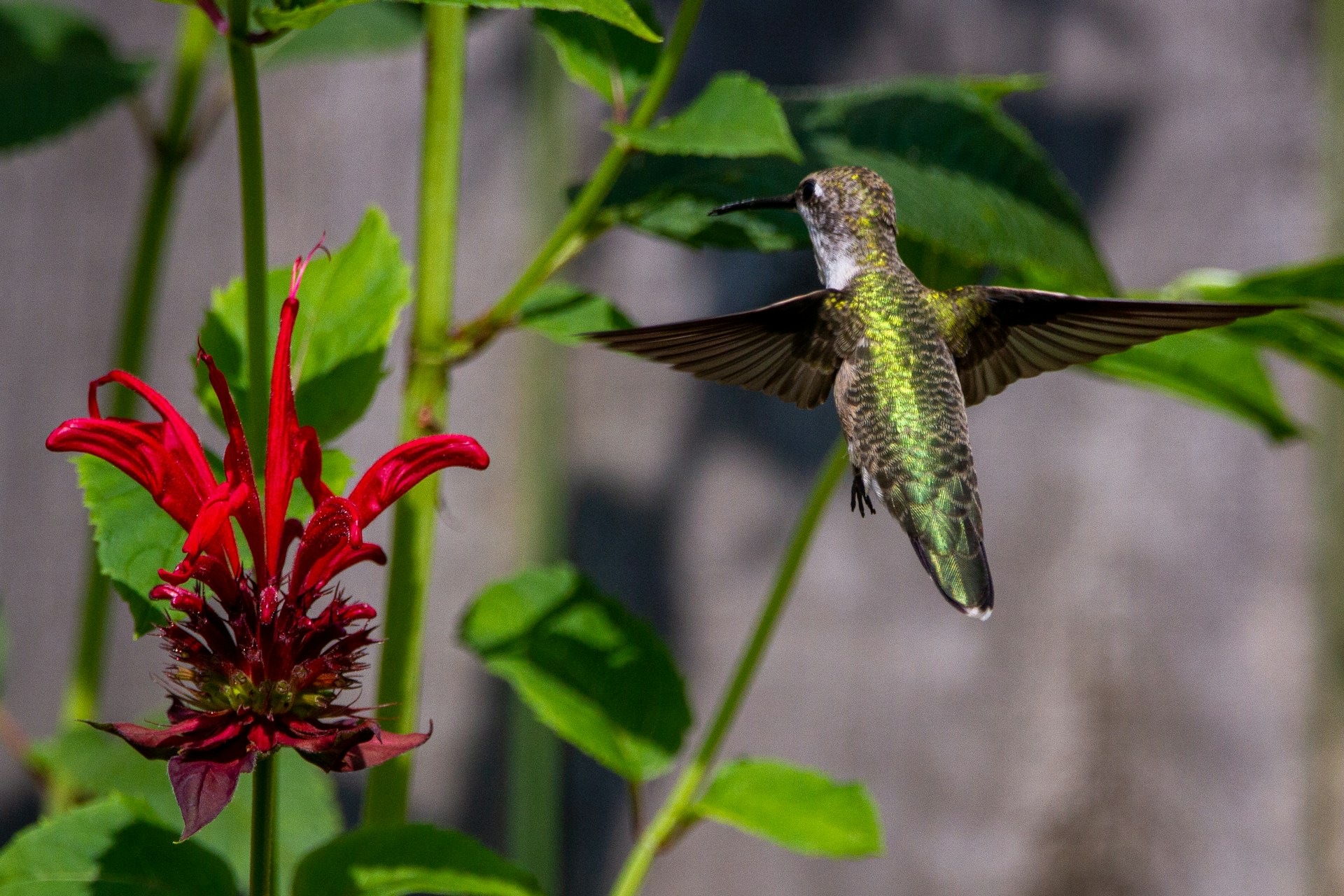
Bee balm is a beautiful and versatile plant that can grow in various growing conditions and attract pollinators to your garden. However, not all plants are compatible with bee balm, and some may even harm or outcompete it. In this article, you will learn what are the best companion plants for bee balm and what plants to avoid planting near it. This will help you create a healthy and harmonious bee balm garden that will benefit both you and the bees.
Understanding Bee Balm
Bee balm, also known as monarda, is a perennial plant that belongs to the mint family. It is native to North America and comes in various colors, such as red, pink, purple, and white. Bee balm flowers have a distinctive shape, with tubular petals that form a crown-like structure. Bee balm leaves have a minty aroma and can be used for tea, salads, or herbal remedies.
Bee balm is a sun-loving plant that prefers well-draining soil and regular watering. It can grow up to 4 feet tall and spread by rhizomes, forming clumps or patches. Bee balm is prone to powdery mildew, a fungal disease that affects the leaves and stems. To prevent or reduce this problem, you should plant bee balm in a location with good air circulation, avoid overhead watering, and prune or thin the plants as needed.
Bee balm is an excellent plant for attracting pollinators, such as bees, butterflies, hummingbirds, and beneficial insects. These creatures are essential for the health and productivity of your garden, as they help with pollination, pest control, and biodiversity. Bee balm also adds color, fragrance, and texture to your garden, making it more appealing and enjoyable.
Choosing Bee Balm Companion Plants
When selecting companion plants for bee balm, you should consider the following factors:
- Growing conditions: Choose plants that have similar or compatible needs for soil, water, sun, and space as bee balm. This will ensure that they grow well together and do not compete for resources.
- Benefits: Choose plants that offer some benefits to bee balm, such as attracting more pollinators, repelling pests, improving soil quality, or enhancing the appearance of your garden.
- Drawbacks: Avoid plants that have some drawbacks for bee balm, such as attracting diseases, pests, or predators, interfering with the growth or spread of bee balm, or creating an unbalanced or unsightly garden.
Based on these criteria, here are some examples of the best companion plants for bee balm and plants to avoid.
Best Companion Plants for Bee Balm
The following plants are some of the best companions for bee balm, as they meet the criteria mentioned above:
- Coneflower: Coneflower, or echinacea, is another native perennial that attracts pollinators with its daisy-like flowers. It has similar growing conditions as bee balm and can tolerate drought and poor soil. Coneflower and bee balm look great together, as they create a contrast of colors and shapes. Coneflower also has medicinal properties and can be used to make tea or tinctures.
- Black-eyed Susan: Black-eyed Susan, or rudbeckia, is a cheerful yellow flower that blooms from summer to fall. It is a hardy and low-maintenance plant that can grow in various soils and sun exposures. It attracts bees, butterflies, and birds with its nectar and seeds. Black-eyed Susan and bee balm complement each other, as they have different blooming times and heights. Black-eyed Susan also helps prevent soil erosion and weed growth.
- Yarrow: Yarrow, or achillea, is a perennial herb that has feathery leaves and clusters of small white, pink, or yellow flowers. It is a drought-tolerant and pest-resistant plant that can grow in poor soil and full sun. It attracts beneficial insects, such as ladybugs, lacewings, and parasitic wasps, that prey on pests that may harm bee balm. Yarrow and bee balm create a cottage garden look, as they have a natural and informal style. Yarrow also has medicinal and culinary uses, as it can heal wounds, reduce inflammation, and flavor dishes.
- Lavender: Lavender, or lavandula, is a fragrant and beautiful plant that has purple flowers and gray-green foliage. It is a drought-tolerant and deer-resistant plant that can grow in well-draining soil and full sun. It attracts bees, butterflies, and other pollinators with its nectar and scent. Lavender and bee balm create a sensory and aesthetic appeal, as they have a pleasant aroma and a soothing color scheme. Lavender also has many uses, such as making sachets, oils, or teas.
Plants to Avoid Planting with Bee Balm
The following plants are some of the plants to avoid planting with bee balm, as they have some drawbacks for bee balm:
- Mint: Mint, or mentha, is a relative of bee balm that has a similar minty aroma and flavor. However, mint is a very aggressive and invasive plant that can take over your garden and crowd out bee balm and other plants. Mint also attracts pests, such as aphids, spider mites, and caterpillars, that may damage your bee balm. Mint and bee balm may also cross-pollinate and produce hybrid plants that have undesirable traits.
- Tomato: Tomato, or solanum lycopersicum, is a popular vegetable that has red, juicy fruits. However, tomato is a host for several diseases, such as verticillium wilt, fusarium wilt, and early blight, that can also affect bee balm and other plants in the same family, such as basil, oregano, and sage. Tomato also attracts pests, such as hornworms, whiteflies, and nematodes, that may feed on or harm your bee balm. Tomato and bee balm may also compete for nutrients, water, and space, as they are both heavy feeders and spreaders.
- Sunflower: Sunflower, or helianthus, is a tall and cheerful plant that has large yellow flowers and edible seeds. However, sunflower is a plant that can create shade and reduce the amount of sun that bee balm and other plants receive. Sunflower also produces a substance called allelopathy, which inhibits the growth of nearby plants by affecting their germination, root development, and nutrient uptake. Sunflower and bee balm may also attract the same pollinators, such as bees and butterflies, and reduce the diversity and abundance of your garden.
Summary
Bee balm is a wonderful plant that can enhance your garden with its flowers and ability to attract pollinators. However, you should be careful about what you plant with bee balm, as some plants may be beneficial or detrimental to it. Here are some key points to remember:
- Choose companion plants that have similar or compatible growing conditions, offer some benefits, and avoid some drawbacks for bee balm.
- Some of the best companion plants for bee balm are coneflower, black-eyed Susan, yarrow, and lavender, as they create a healthy and harmonious bee balm garden.
- Some of the plants to avoid planting with bee balm are mint, tomato, and sunflower, as they can harm or outcompete bee balm and other plants.

